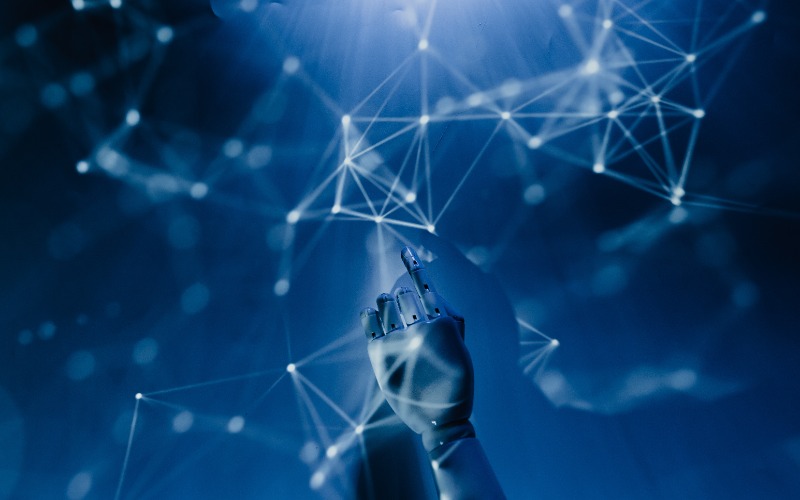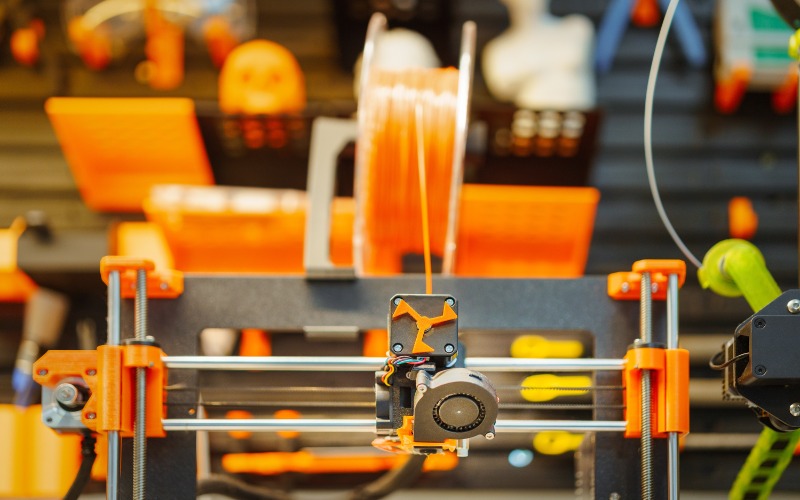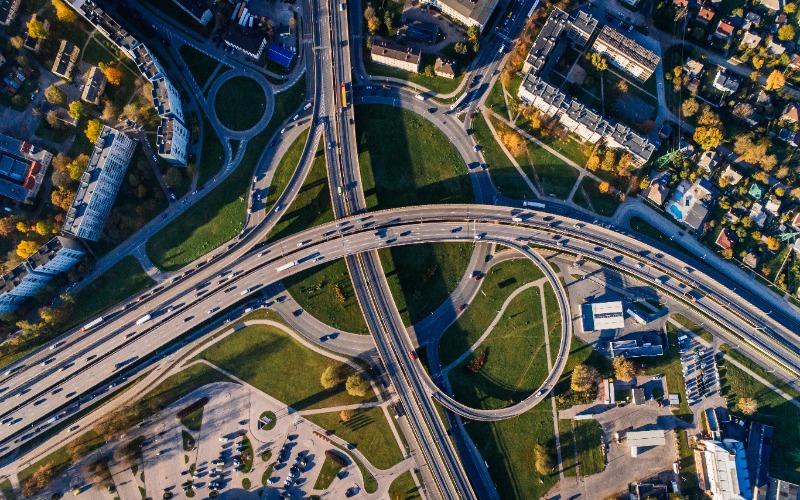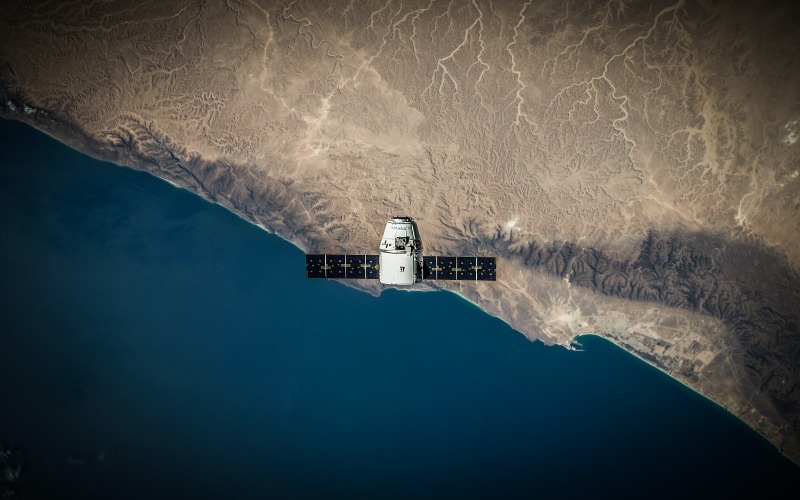The future impacts of computers and artificial intelligence

Personal computers and artificial intelligence have become part of a long list of inventions and discoveries that are changing the way people work, live, study and research.
3D printed houses
The technology for 3D printed houses is 100% dependent on computers. First, a computer is used to design the structures of the house. Other computers control construction. Ribbons of concrete are poured from machines in layers onto a hand-made concrete foundation. The first 3D printed house was built in 2015 in Russia.
One of the first American 3D houses was a barracks in Bastrop, Texas for the Texas Military Department. Since 3D printed homes only take about a week to build and can cost less than $20,000, they are a good candidate for solving low-income housing problems in Africa, North and South America and in Europe.
It goes without saying that conventional builders and architects are concerned about possible loss of business. But if 3D Homes focuses on affordable, low-cost housing, it could soon become a major factor in solving a chronic problem.

Photo by Jakub Zerdzicki via Pexels
3D interactive books
Once published, paper books do not change. Some novels published on paper have lasted more than 1,000 years. If an author wishes to create a new edition, the entire book must be reissued.
E-books, on the other hand, are downloaded to devices that can be connected to publishing websites. If an author wants to make small changes to an e-book, the new version can be downloaded by any reader who wants it.
To convert an electronic novel into a film, the essential characteristics must be transformed into rules that can be manipulated by a computer using artificial intelligence.
Assuming that in the future a publishing house is equipped with large computers supporting artificial intelligence and an engineering staff to manage the processing, what would be the economic value of production and marketing a film at the same time as the book itself is published?
Since computers and software support staff are expensive, converting a novel into a film would cost much more than just publishing an e-book. If an e-novel sells for $10, the film version will likely have to sell for more than $30 to cover production costs.
If the author and publisher think the book will be a bestseller, it will likely be of interest to a real movie company like Amazon, Netflix or MGM. In this case, it would be better to sell the movie rights to the film company rather than automatically generating a movie.

Scientific research
Part of scientific research is examining all of the current facts about a topic. Using search engines such as Google, scientists can quickly find all relevant published studies. Through Zoom meetings, scientists can discuss their research with colleagues located around the world.
For research topics such as epidemiology, computers connected to global medical information services can quantify the incidence of a specific infection in every city in every country within minutes and observe the rate of change – if the infection increases or decreases in terms of the number of patients.
If you compare scientific research in 2023 with similar research carried out 50 years ago in 1973, the following results generally occur. Fact-checking is more than 10 times faster in 2023. Mathematical calculations are more than 20 times faster in 2023. Distribution of results to colleagues and libraries will be more than 100 times faster in 2023. The amount of data available to researchers is more than 1,000 times larger in 2023. 2023. Computers are the most effective research tools in history scientist.

Autonomous vehicles
Self-driving automobiles use a combination of sensors and computers for purposes such as:
- Selection of destinations
- Viewing in all directions
- Recognition of stop signs and traffic lights
- Recognition of daytime or nighttime conditions
- Vehicle speed control
- Knowledge of local speed limits
- Audio recognition of alarms, such as fire sirens
- Liaisons with police vehicles to stop the car if necessary
The most likely uses of autonomous vehicles in the future would likely be:
- Taxis and limousines in big cities
- Military vehicles such as tanks
- Automobiles are acquired by assisted living facilities.
- Cars are used by those who do not have a driver’s license.

Integrated traffic controls for urban areas
It will soon be possible for communities to have integrated traffic systems that would include:
- Synchronization of all traffic lights.
- Current data on the number of vehicles on all major roads.
- Current vehicle speed data on all major roads.
- Raising awareness of accidents throughout the urban area.
- Connections to emergency vehicles to clear their way.
Traffic conditions could likely be sent to computerized receivers installed in automobiles and trucks to alert them of heavy traffic or accidents on their current routes. Better yet, drivers could receive information about alternative routes with less traffic or without emergency vehicles.
In the future, a combination of self-driving cars and artificial network-integrated traffic systems is expected to reduce accident rates and ease traffic jams during peak hours.

Space exploration
Since space travel sometimes lasts for long durations, using computers in place of human crews reduces the weight needed for supplies and reduces the space that would be needed for human crews to sleep and eat. Computers with artificial intelligence can operate without air, so complex atmosphere recycling equipment is not necessary.
Sending spacecraft to other planets takes weeks of space travel. In the future, sending spacecraft to other stars would require years of travel. Interstellar travel would likely be impossible for human crews because they would not live long enough to reach their destination.
In 2023, dozens of computerized space and orbital vehicles have left Earth. Computerized space exploration using artificial intelligence will likely be the norm over the next 100 years.




Leave a Comment